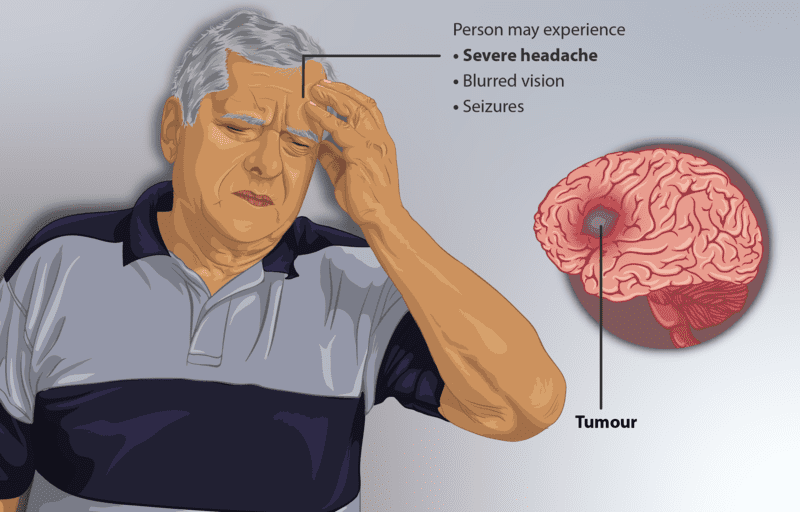
A revolutionary gel has helped cure 100% of mice with glioblastoma, one of the deadliest and most common brain tumors in humans.
The new therapy, developed by researchers led by Honggang Cui at Johns Hopkins University, combines an anticancer drug and an antibody in a solution that self-assembles into a gel to fill the tiny grooves left after the surgical removal of a brain tumor.
What makes this therapy so effective is that the gel can reach areas that surgery might miss, killing lingering cancer cells and suppressing tumor growth for good.
A Hydrogel for Hope
The results, published in Proceedings of the National Academy of Sciences, show that the gel also triggers an immune response that helps the mouse’s body fight glioblastoma.
When researchers rechallenged surviving mice by introducing new glioblastoma tumors, their immune systems beat cancer without additional medication. In contrast, all mice who came into contact with glioblastoma cancer cells but were treated with no intervention whatsoever died within three weeks.
This shows that the gel seems to not only destroy existing cancer cells but also helps rewire the immune system to discourage recurrence with immunological memory, the researchers said.
Applying the gel directly in the brain without surgical removal of the tumor was still significantly effective, with a 50% survival rate. However, when surgery and the gel are used in tandem, the survival rate was an amazing 100%.
The surgery likely alleviates some of that pressure and allows more time for the gel to activate the immune system to fight the cancer cells,” Cui said in a statement.
The gel solution consists of nano-sized filaments made with paclitaxel, an FDA-approved drug for breast, lung, and other cancers. These filaments also deliver an antibody called aCD47, which suppresses macrophages.
Macrophages are a type of white blood cell that helps protect the body by engulfing and digesting harmful invaders like bacteria and viruses, as well as dead cells and other debris. But despite their vital role in the immune system, macrophages can oftentimes protect and support the growth of cancer cells, which they do not recognize as foreign invaders.
By blanketing the tumor cavity evenly, the gel releases medication steadily over several weeks.
Hope for Glioblastoma Treatment
Right now, glioblastoma is most successfully treated using a combination of brain surgery and Gliadel. The latter is an FDA-approved wafer co-developed by researchers at Johns Hopkins and the Massachusetts Institute of Technology in 1995, made of a biodegradable polymer that also delivers medication into the brain after surgical tumor removal.
The new gel could potentially be a better option because it integrates both anticancer drugs and antibodies. This combination of therapies is difficult to administer simultaneously because of the molecular composition of the ingredients, but the nature of this particular gel makes the delivery work well.
“This hydrogel combines both chemotherapy and immunotherapy intracranially,” said Betty Tyler, a co-author and associate professor of neurosurgery at the Johns Hopkins School of Medicine who played a pivotal role in the development of Gliadel. “The gel is implanted at the time of tumor resection, which makes it work really well.”
The results achieved with the new gel are some of the most impressive the Johns Hopkins team has seen, said Tyler. “We don’t usually see 100% survival in mouse models of this disease. Thinking that there is potential for this new hydrogel combination to change that survival curve for glioblastoma patients is very exciting.”
Yet despite the fantastic results so far, the researchers themselves are cautiously optimistic. They emphasize the challenge of translating the gel’s results in the lab into therapies that work for people in real-world situations.
“The challenge to us now is to transfer an exciting laboratory phenomenon to clinical trials,” said Henry Brem, who co-developed Gliadel in addition to other brain tumor therapies currently in clinical trials.









